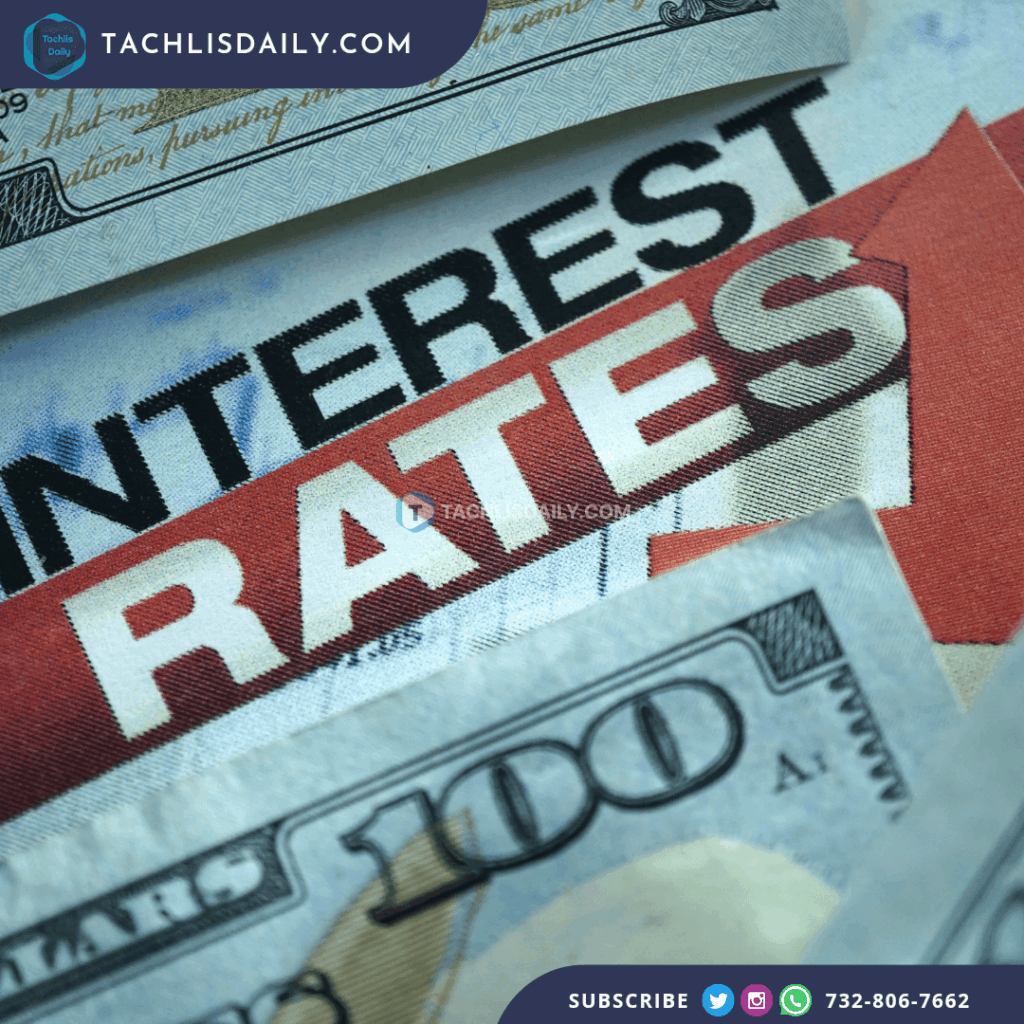Mortgage rates have made a surprising jump, returning to 7% after a decline over the summer. The Federal Reserve doesn’t set mortgage rates directly; instead, these rates fluctuate based on market expectations about economic growth, employment trends, inflation, and Federal Reserve policies.
Earlier in the year, the average 30-year mortgage rate had fallen to a low of 6.11% due to weaker job reports and recession concerns. Following the Federal Reserve’s interest rate cut in September, many forecasters, including Fannie Mae and Wells Fargo, anticipated mortgage rates to stabilize around 6% for the end of 2024.
However, as of now, mortgage rates are back at 7%. This change is linked to a drop in recession fears after recent economic data, such as the U.S. unemployment rate, showed signs of resilience. The unemployment rate declined to 4.1% in September, causing a pullback among bond buyers who previously saw treasuries and mortgage-backed securities as “recession insurance.”
If recession fears re-emerge or unemployment begins to rise, mortgage rates might decrease. On the other hand, a stable economy with low unemployment and inflation above the Fed’s 2% target could keep mortgage rates elevated.
Another factor influencing mortgage rates is market anticipation of future fiscal policy. With a divided government, markets are uncertain about potential spending and deficit changes depending on the outcome of upcoming elections. Higher deficits tend to increase long-term bond yields, which in turn can raise mortgage rates. As election results unfold, the 10-year Treasury yield may provide insight into financial markets’ outlook on fiscal policy and mortgage rates.











